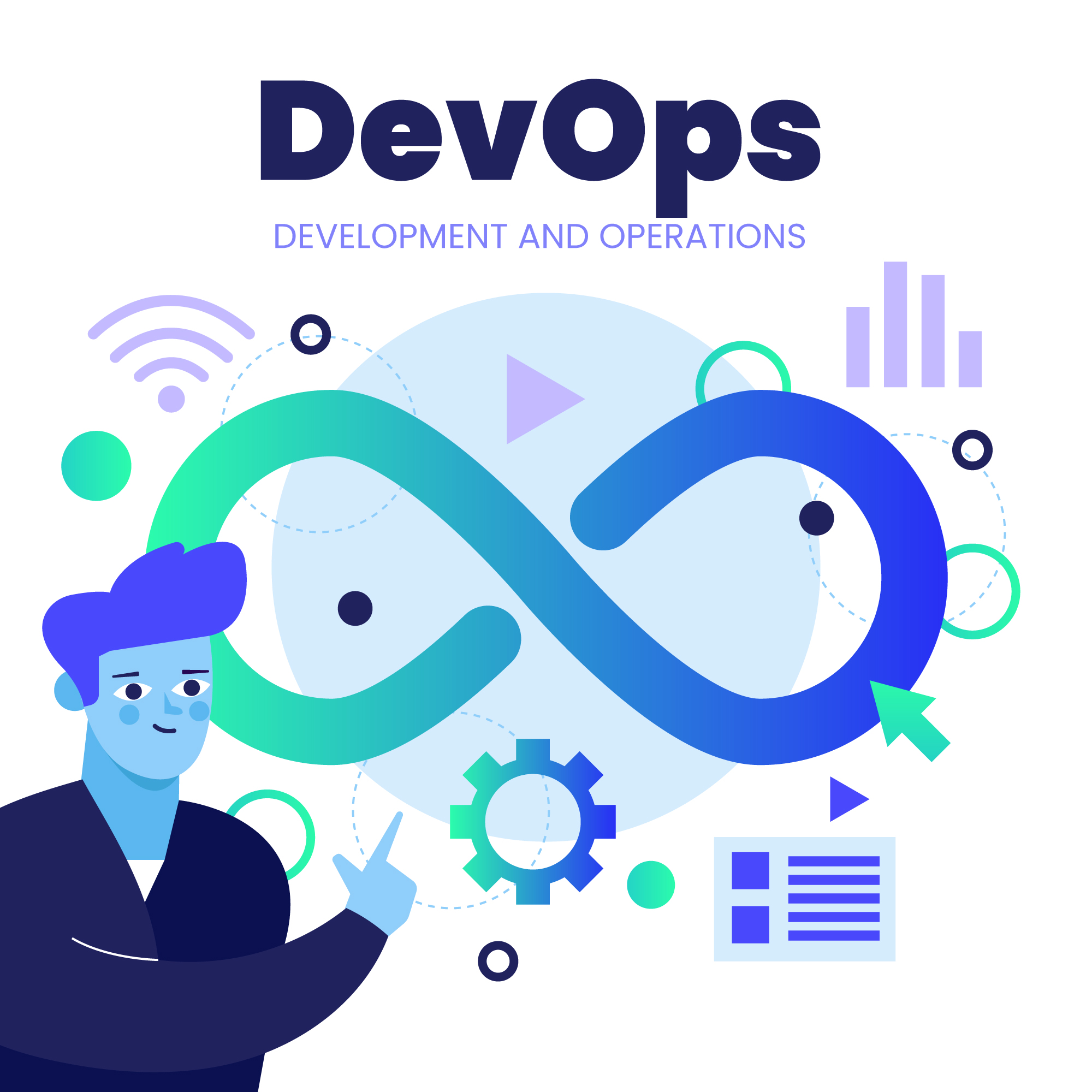Mobile gaming pulls in $92.2 billion yearly, but here’s the kicker: 67% of developers can’t figure out how to make decent money from their apps. Even studios with millions of downloads struggle to turn those impressive user numbers into actual revenue.
It’s not enough to build an addictive game with stunning graphics anymore. You need to master the art of monetization without driving players away. Get it wrong, and you’ll watch your user base evaporate. Get it right? You’re looking at sustainable growth that compounds over time.
How Gaming Revenue Models Have Changed
Remember when you’d pay $4.99 upfront for Angry Birds? Those days are long gone. The App Store’s 2008 launch started with premium pricing, but that model crashed hard once free alternatives flooded the market.
Free-to-play changed everything. Studios discovered something wild: removing the price tag boosted downloads by 1,000%. Suddenly, developers had massive user bases they could monetize in creative ways. We’re talking about individual games pulling in billions (yes, with a B) through clever combinations of different revenue streams.
Today’s successful games don’t put all their eggs in one basket. They mix advertising, in-app purchases, subscriptions, and newer models like real money earning games at Pawns.app where players actually earn cash for hitting gameplay milestones. Smart developers know that diversification isn’t just safer; it’s more profitable.
The Psychology Behind In-App Purchases
In-app purchases generate 79% of all app store revenue, but there’s serious psychology at work here. It’s not just “add a buy button and hope for the best.”
The secret? Creating value ladders for different spenders. You’ve got your impulse buyers who’ll drop $0.99 without thinking twice. Then there are the whales (those beautiful, rare creatures) who’ll spend $99.99 on a premium package. Here’s what most people don’t realize: just 2% of players generate nearly half of all IAP revenue. Keeping those big spenders happy? That’s your bread and butter.
Virtual currency is basically psychological magic. Players buy gems or coins instead of directly spending dollars, which makes parting with money feel less painful. Studies show this simple trick increases average transactions by 23%. Plus, when you’re buying “1,000 gems for $9.99,” it’s harder to calculate what you’re really spending on that shiny new sword.

Making Ads Work Without Annoying Everyone
Mobile advertising is worth $336 billion globally, and gaming apps grab the biggest slice. But there’s a fine line between maximizing ad revenue and making players want to throw their phones against the wall.
Rewarded video ads were a game-changer (pun intended). Players actually choose to watch a 30-second ad for extra lives or bonus coins. It’s genius: they get something valuable, you get paid $0.02-$0.10 per view. In engaging games, 40% of daily players will watch multiple rewarded ads voluntarily.
Banner and interstitial ads can provide steady passive income, but you’ve got to be smart about it. Show too many ads and people uninstall faster than you can say “revenue optimization.” The New York Times mobile engagement research found that displaying interstitials more than once every five minutes tanks retention by 34%. The trick? Show ads during natural breaks, not when someone’s in the middle of an epic boss fight.
Why Subscriptions Are Taking Over
Gaming subscriptions are exploding: 67% growth year-over-year. And it makes sense. Predictable monthly revenue beats the rollercoaster of one-time purchases any day.
Battle passes basically cracked the code on gaming subscriptions. For $9.99 to $19.99, players get a seasonal progression track packed with exclusive rewards. Fortnite’s battle pass alone generates $1.8 billion annually. Why does it work so well? FOMO meets achievement hunting. Miss this season’s exclusive skin? It’s gone forever. Complete all the tiers? That dopamine hit keeps you coming back.
VIP memberships take a different approach: permanent perks for monthly fees. We’re talking ad removal, daily bonuses, exclusive content, faster progression. These convert 15-25% of regular players into paying subscribers. Not bad for a model that basically runs itself once you set it up.
Getting Smart with Player Segmentation
Modern games use machine learning to figure out exactly how to monetize each player. Sounds creepy? Maybe. Effective? Absolutely.
Your non-spenders (about 95% of players) aren’t worthless. They watch ads and help your game feel alive and populated. Hit them with more ads and slower progression to nudge them toward spending. Moderate spenders who drop $1-$20 monthly get targeted offers based on their habits. And the whales? Roll out the red carpet with VIP treatment and exclusive deals that make their continued investment worthwhile.
Dynamic pricing takes this further by adjusting costs per player. New users see cheap starter packs to build payment habits. Veterans get premium offers that match their established spending patterns. According to research on dynamic pricing strategies, personalized pricing boosts revenue by 25% compared to one-size-fits-all approaches.
Play-to-Earn: Hype or Future?
Play-to-earn flips the script completely. Instead of extracting money from players, these games share revenue through crypto rewards or NFT ownership. Sounds revolutionary, right?
Axie Infinity made headlines generating $1.3 billion in 2021, with some players earning full-time incomes just from playing. But (and it’s a big but) sustainability is a massive issue. Token values tend to crash when new players stop joining. It’s basically a house of cards waiting for a breeze.
Traditional studios are testing safer approaches: earning points redeemable for gift cards or merchandise. You get the engagement benefits of play-to-earn without the regulatory nightmares or volatile crypto markets. Smart move, honestly.
Dealing with Regulations and Ethics
Governments are catching on to gaming’s psychological tricks, especially regarding kids. The EU’s Digital Services Act demands transparency and bans manipulative designs targeting minors.
Loot boxes are in the crosshairs for resembling gambling. Belgium and the Netherlands already banned paid loot boxes entirely. The Telegraph reports UK regulators might follow suit, potentially killing a $15 billion revenue stream. Yikes.
Smart developers are getting ahead of regulations by self-imposing limits: spending caps, detailed purchase histories, zero pressure tactics. Sure, you might make less money short-term. But building a community that sticks around for years beats burning through players in months.
Metrics That Actually Matter
You can’t improve what you don’t measure. But which numbers really matter?
ARPDAU (Average Revenue Per Daily Active User) tells you if your monetization actually works. Top games hit $0.15-$0.58 ARPDAU. Struggling titles? Under $0.05. Lifetime Value helps you figure out acquisition spending: if a player generates $3.50 over their lifetime, spending $2.00 to acquire them makes sense.
Conversion rates vary wildly. Casual games see 2-3% IAP conversion; hardcore titles reach 10-15%. Ad engagement depends on implementation: bad ads get 5% interaction, while smooth rewarded videos hit 40%+. Subscription conversions need content depth; shallow games rarely break 1%.
A/B testing everything matters more than you’d think. Test prices, timing, ad frequency, rewards. Even tiny improvements add up: boost ARPDAU by just $0.01 and watch millions roll in at scale.
What’s Coming Next
AI is about to change everything. Current systems predict player churn with 85% accuracy, letting developers offer retention deals before players leave. Future AI will generate personalized content and difficulty curves on the fly. Creepy? Maybe. Profitable? Definitely.
Cross-platform progression opens new doors. Players invest more when their progress follows them from mobile to console to PC. Cloud gaming removes hardware barriers completely, meaning your premium game isn’t limited to people with flagship phones anymore.
Social commerce integration is the wild card. Imagine buying actual products through in-game stores while earning virtual rewards. Gaming meets shopping in ways that actually make sense for both players and developers.
Mobile gaming monetization keeps evolving at a ridiculous pace. Winners will be those who understand player psychology, nail the technical implementation, and stay on the right side of ethical boundaries. The industry’s headed toward $150 billion by 2027. Those still using outdated models? They won’t make it in this increasingly cutthroat market.




